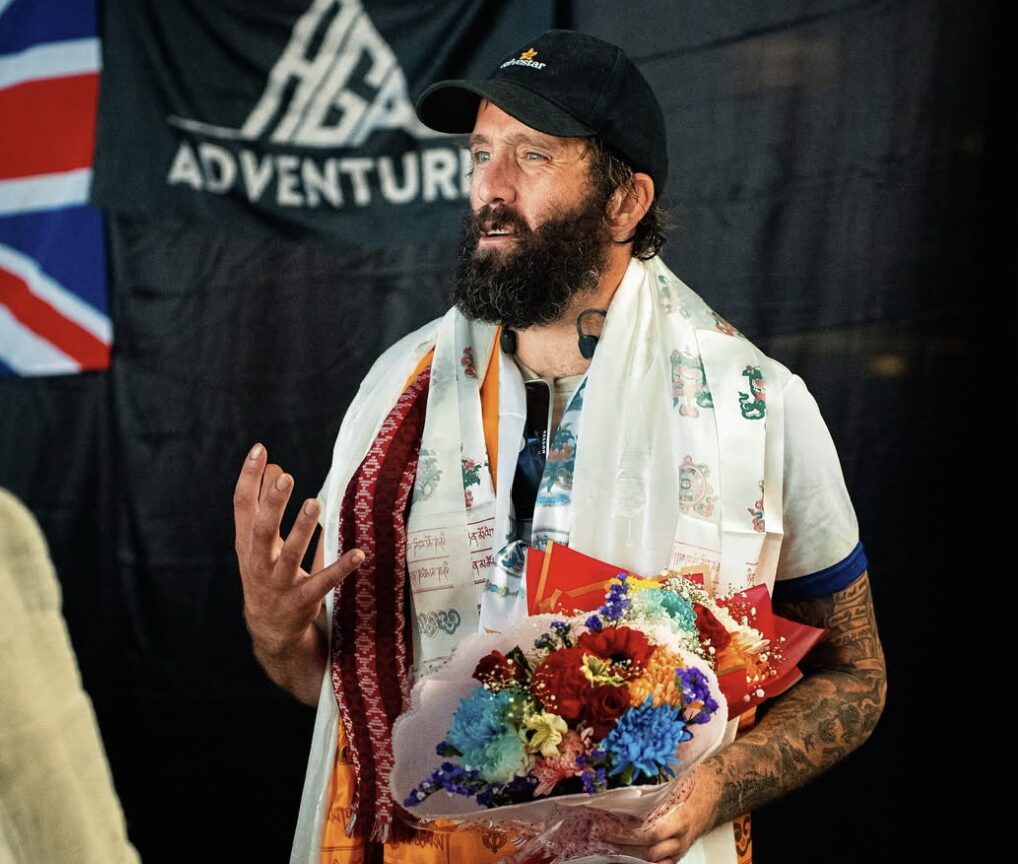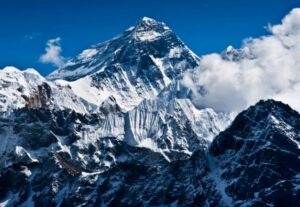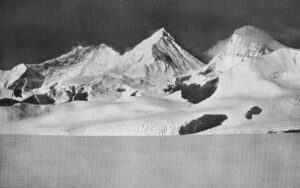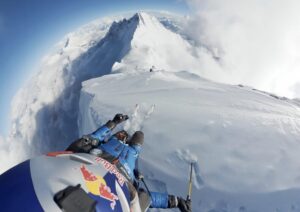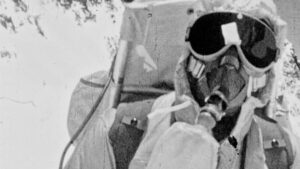Ultra-distance athlete Mitch Hutchcraft of the UK is one of hundreds of climbers currently flocking to Everest, but his approach to the mountain is different from anyone since Goran Kropp cycled there from Sweden in 1995-6.
Hutchcraft, 32, left his home in Dover seven months ago, aiming to reach Everest by non-motorized means. And not just by cycling.
He planned the 12,800km project as the longest triathlon ever. He has just started the final running/walking leg, which finishes at the top of Everest. After all he’s gone through, this likely won’t be the hardest part.
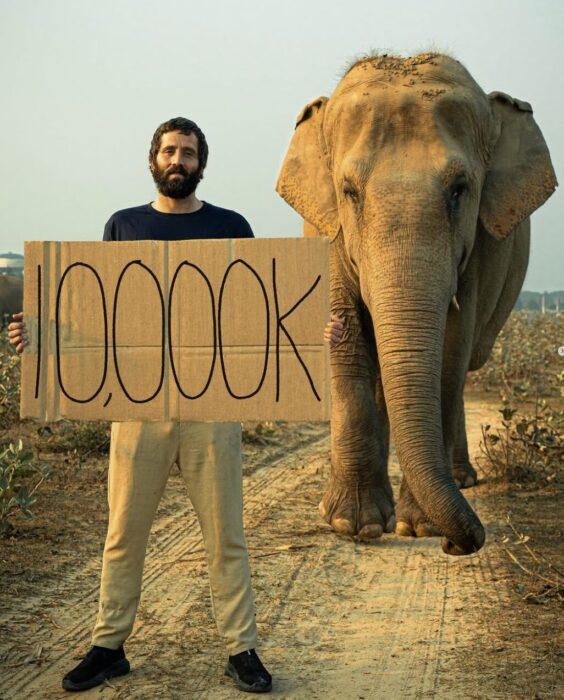
Celebrating the 10,000km mark in India. Photo: Mitch Hutchcraft/Instagram
1st leg: Swimming
After a long preparation, Hutchcraft’s trip started on Sept. 10, 2024. From his home, he made his way to the shore at Shakespeare’s Cliff on the English Channel. Before plunging in, he vowed not to shave until he reached the roof of the world. Then he swam the 34km to France. That stretch of cold, tide-bedeviled water is known as the “Everest for swimmers.” But that was just the beginning for Hutchcraft.
Hutchcraft travels with a support team that handles the red tape for him, feeds his social media, and films the trip. From France to Hungary, they used a motorhome as a mobile headquarters. In this first European stage, Hutchcraft pedaled while dragging a cart with Buddy, his golden retriever, in it.

Map of the 12,800km route.
2nd leg: Cycling
The first major setback came when his team couldn’t get visas for Asian countries with a UK motorhome. So from Budapest, a friend drove the vehicle (and the golden retriever) back home. His support team bought an old converted school bus to proceed across Asia via Turkey.
In the following months, stray dogs bit Hutchcraft many times; a vehicle nearly drove the cyclist off the road. He endured bitter cold in the Turkish mountains and melting heat in Iraq. Despite some anxious days obtaining visas, he managed to continue and reached the midway mark in Kuwait by mid-December.
He cycled over Christmas along desert roads in Saudi Arabia and Dubai. Then he reached the seaside at Oman. He needed to get to Pakistan, and swimming across the Gulf of Oman was not an option. Crossing by land across Iran was too dangerous, and even getting a seat in a boat proved impossible.
Reluctantly, he and the team flew to Karachi on the coast of Pakistan but then drove 400km back toward Iran, hoping to resume cycling in Baluchistan, right on the other side of the Gulf of Oman, in order to keep the trip as pure as possible, without shortcuts.
Mitch Hutchcraft cycled across Pakistan for several days before crossing into India. He began the final 2,000km of biking on January 23. By then, he had lost several kilos and sported a much longer beard.
After nearly 12,000km, Hutchcraft finished cycling at Digha, a seaside resort in West Bengal, on February 13. He was now at sea level again, which was important, as he wanted the third leg of his trip, the running leg, to cover from 0 to 8,850m above sea level.
3rd leg: Running
The following stage was probably the hardest. He ran a marathon a day for 900km through India’s forests to Kathmandu.
“Pain is just good training for Everest,” he said.
He had to fight physical and mental exhaustion and even food poisoning. This was, he recalls, the hardest part of the trip.
On March 16, he reached Kathmandu with tears in his eyes.
350km to go
“It’s been 12,800km into the longest climb of Mt. Everest in history and the first triathlon to the top of the world,” Hutchcraft wrote. “All that remains is a cheeky hike and climb over 300km to the top of the world.”
To be accurate, it’s 350km.
Of course, he did not fly to Lukla. Reportedly, he wanted to follow in the footsteps of Hillary and Tenzing, so he trekked east with his team out of the city, across the lowlands, and then north into the mountains.
They are currently starting their climb up toward the Khumbu. It’s their 195th day on the road. Soon, he will finally be able to relax and just climb the mountain. A walk in the park.
While Hutchcraft’s feat is impressive — especially for its unusual swimming leg across the Channel — the late Goran Kropp’s feat is hard to match. Kropp not only cycled alone from Stockholm to Everest Base Camp, carrying his own supplies and gear — a total of 108kg. He then climbed Everest without oxygen and cycled part of the way back home.
